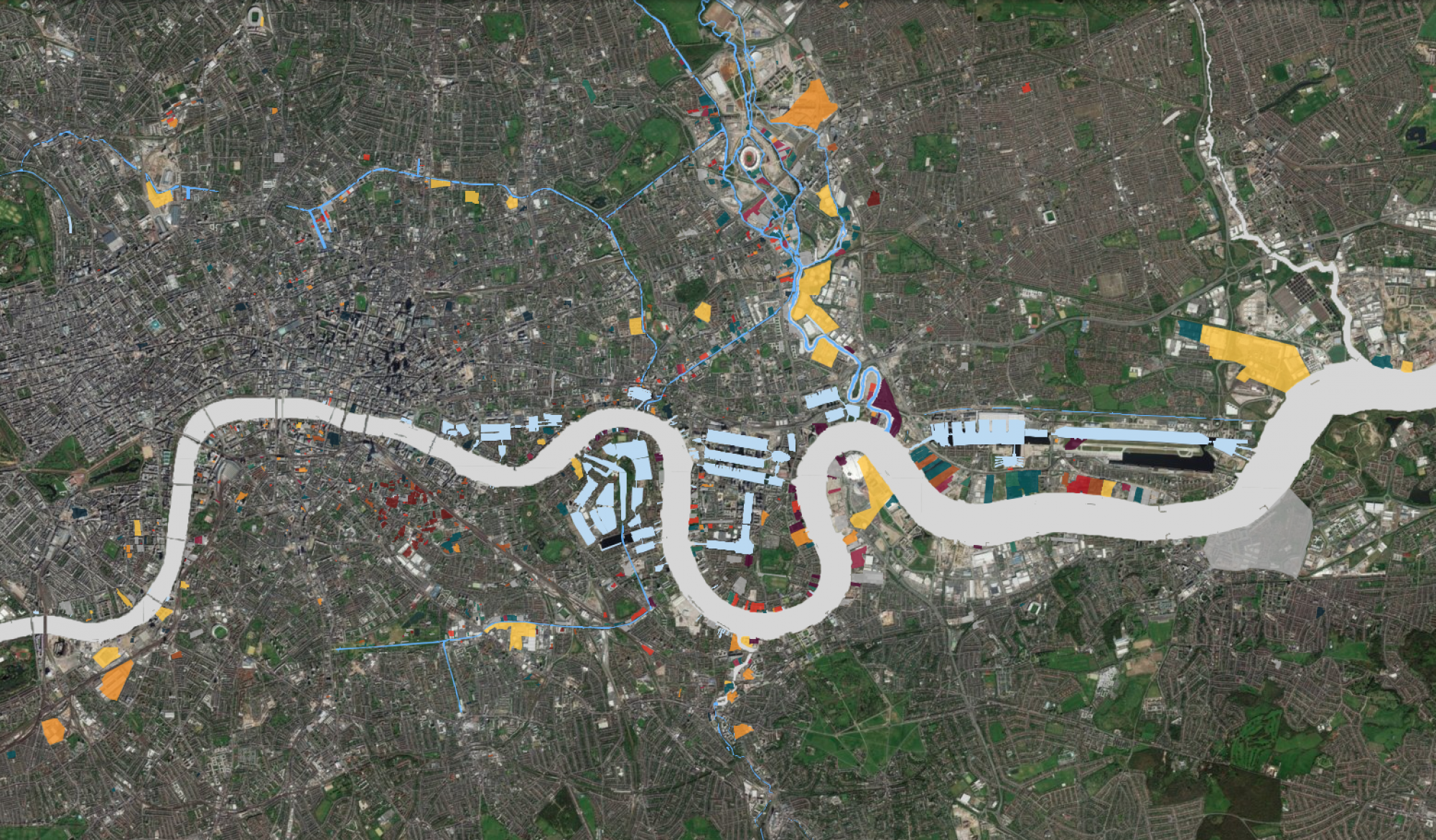Readings:
Jean-Baptiste Michel et al., “Quantitative Analysis of Culture Using Millions of Digitized Books,” Science 331, no. 6014 (January 14, 2011): 176–82.
Ted Underwood, “Seven ways humanists are using computers to understand text,” The Stone and the Shell: Using Large digital libraries to advance literary history, https://tedunderwood.com/2015/06/04/seven-ways-humanists-are-using-computers-to-understand-text/
Mining the Dispatch: http://dsl.richmond.edu/dispatch
Google N-Gram: http://books.google.com/ngrams
New York Times Chronicle http://chronicle.nytlabs.com/
Lab:
The Programming Historian, available online, http://programminghistorian.org. Do the Introduction to Python lessons.
- Python Introduction and Installation
- We will use the Python IDLE (Python GUI) instead of the text editor suggested by the lessons, which is already installed on the lab computers. So we will skip the installation lesson.
- Search and open Python IDLE
- It should open the Python 2.7 Shell
- Try this: >>>print ‘hello world’
- Hit enter
- Click “File” and “Open New File”
- You are ready for the next lesson.
- Understanding Web Pages and HTML
- Working with Text Files in Python
- Code Reuse and Modularity in Python
- Downloading Web Pages with Python
- Manipulating Strings in Python
- From HTML to List of Words (part 1)
- From HTML to List of Words (part 2)
- Normalizing Textual Data with Python
- Counting Word Frequencies with Python
- Creating and Viewing HTML Files with Python
- Output Data as an HTML File with Python
- Keywords in Context (Using n-grams) with Python
- Output Keywords in Context in an HTML File with Python
